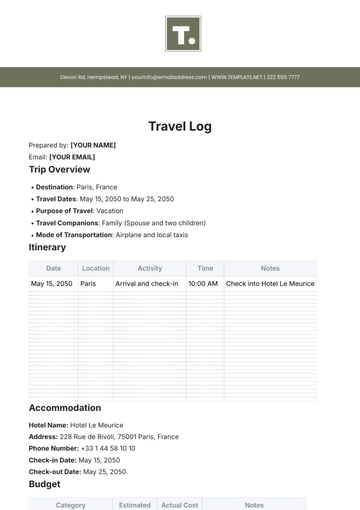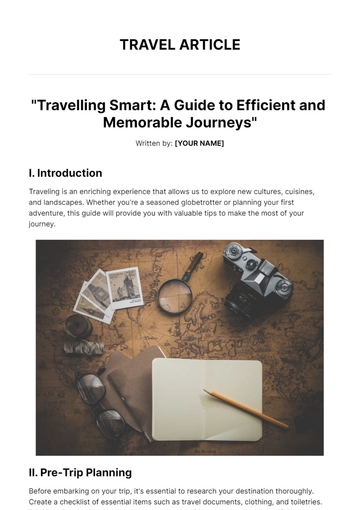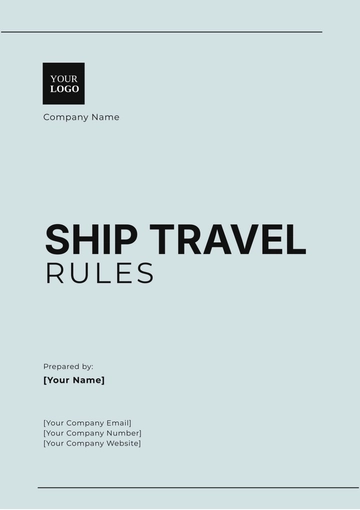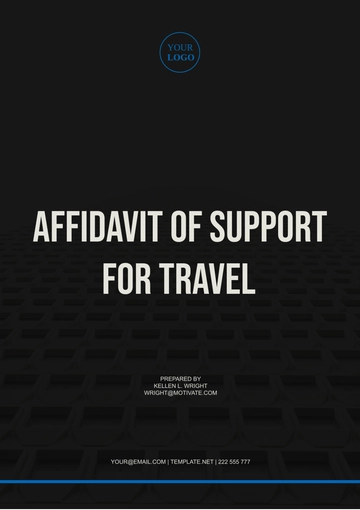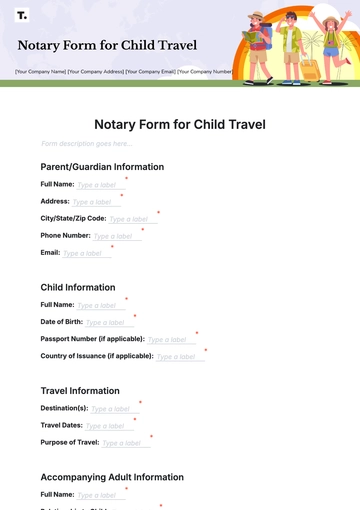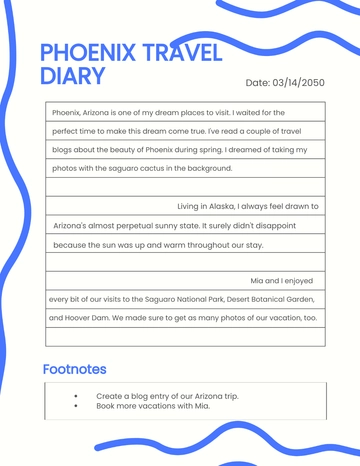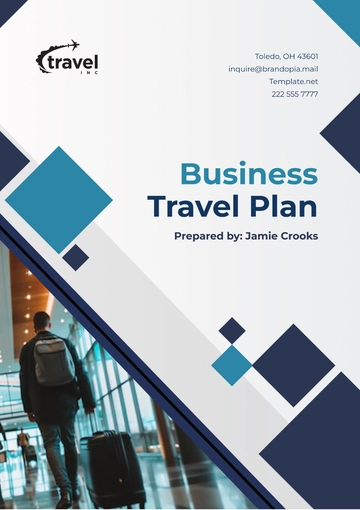Free Car Rental Training Strategy
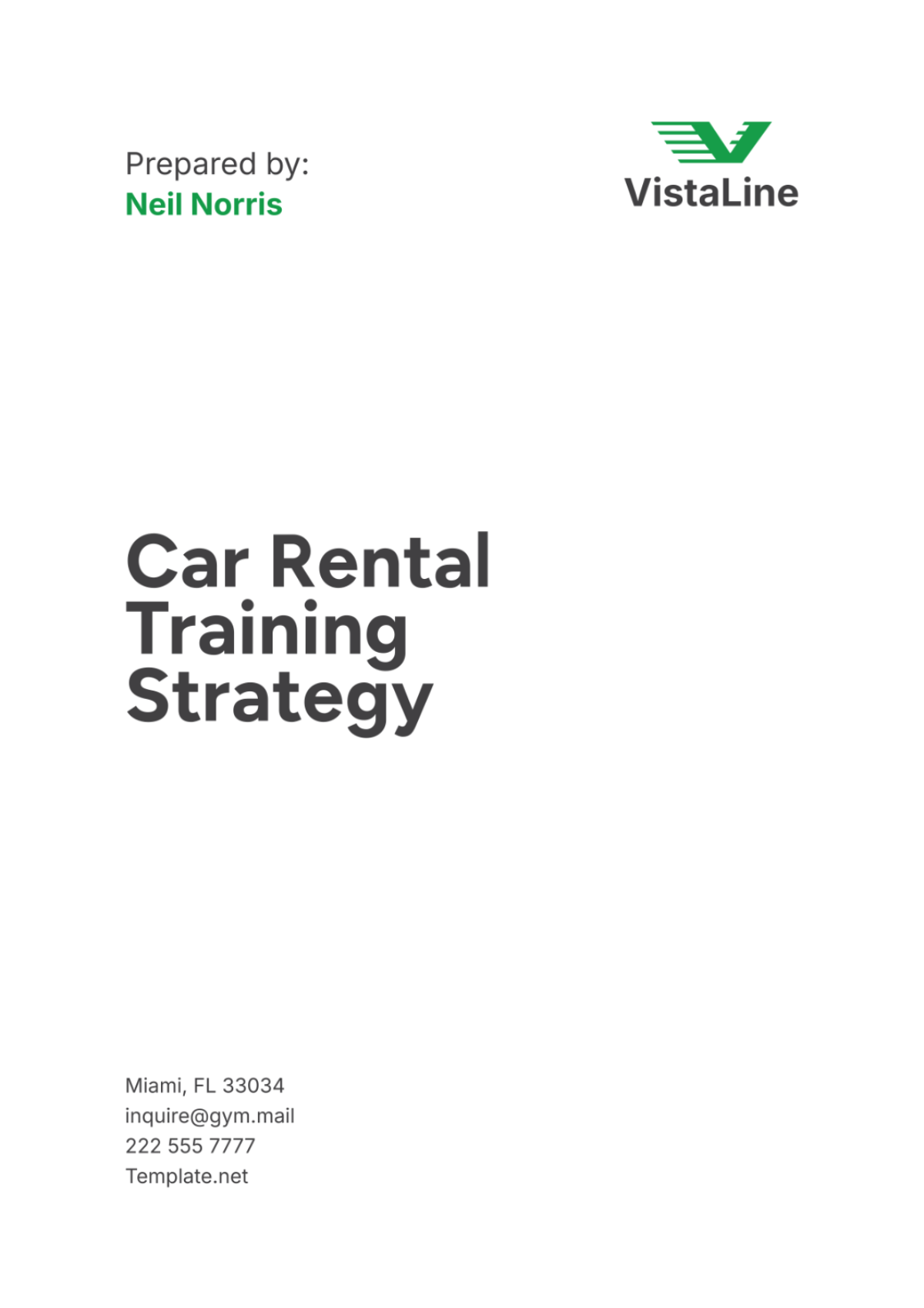
I. Introduction
The objective of the Car Rental Training Strategy at [Your Company Name] is to develop a skilled and knowledgeable team capable of delivering exceptional service and maintaining high operational standards. This strategy focuses on providing employees with thorough training in customer service, vehicle maintenance, and safety procedures to ensure consistent and reliable operations across all locations. By standardizing training practices, we aim to enhance overall efficiency, minimize errors, and improve customer satisfaction.
II. Training Focus Areas
Our training strategy encompasses the following key focus areas to ensure comprehensive employee development:
Focus Area | Description |
|---|---|
Customer Service | Training to handle customer inquiries, resolve issues, and provide a seamless rental experience. |
Vehicle Maintenance | Education on regular vehicle checks, basic maintenance tasks, and troubleshooting common issues. |
Safety Procedures | Instructions on safety protocols, emergency response actions, and compliance with industry regulations. |
III. Training Methodology
To ensure effective learning and development, [Your Company Name] employs a diverse range of training methods. Each method is designed to cater to different learning styles and needs, ensuring comprehensive skill acquisition and application.
Classroom Training: Interactive sessions with expert trainers will cover the theoretical aspects of the training program. These classroom sessions provide foundational knowledge and conceptual understanding, facilitated through lectures, discussions, and group activities. Expert trainers will deliver content on industry standards, company procedures, and core competencies. This method allows for real-time interaction, questions, and immediate feedback, creating an engaging and collaborative learning environment.
On-the-Job Training: Practical, hands-on experience under supervision is essential for applying learned skills in real-world scenarios. During on-the-job training, employees will work alongside experienced staff to perform their roles and responsibilities. This method allows trainees to apply theoretical knowledge in practical settings, gain practical insights, and develop problem-solving skills. Supervised practice ensures that employees receive guidance and support, helping them build confidence and competence in their roles.
E-Learning: Online modules and courses will be utilized for flexible, self-paced learning. E-learning offers the convenience of accessing training materials and courses from any location at any time. This method includes interactive content, videos, quizzes, and assessments to facilitate learning. E-learning is particularly beneficial for employees who need to balance training with other responsibilities or for those who prefer a more self-directed approach to learning.
Workshops and Seminars: Specialized sessions focusing on specific skills and industry updates will be organized. Workshops and seminars provide targeted training on advanced topics, new technologies, or emerging trends within the car rental industry. These sessions are often led by industry experts and offer hands-on practice, case studies, and networking opportunities. This method ensures that employees stay current with industry developments and continuously enhance their skill sets.
IV. Continuous Learning and Adaptation
In recognition of the dynamic nature of the car rental industry, [Your Company Name] emphasizes the importance of continuous learning and adaptation. Employees are encouraged to stay current with industry trends and innovations through various initiatives.
Regular Training Updates: Training content will be refreshed periodically to include new standards, practices, and industry developments. Regular updates ensure that the training program remains relevant and effective in addressing current challenges and opportunities. This process involves revising training materials, incorporating feedback, and integrating new information to keep employees well-informed and skilled.
Professional Development Opportunities: Access to advanced courses and certifications will be provided to support career growth. These opportunities include workshops, seminars, and specialized certifications that enhance employees' qualifications and expertise. Encouraging professional development helps employees advance their careers, stay competitive, and contribute more effectively to the company.
Feedback and Improvement: A feedback loop will be created for employees to suggest improvements and engage in their learning journey. Employees will have the opportunity to provide feedback on training programs, share their learning experiences, and suggest areas for improvement. This feedback is valuable for refining the training approach, addressing gaps, and ensuring that the learning experience is aligned with employees' needs and goals.
V. Monitoring and Evaluation
To measure the effectiveness of the training strategy, a robust monitoring and evaluation framework will be implemented. Key metrics will include:
Employee Performance: Improvements in job performance and service quality will be assessed to gauge the effectiveness of the training program. Performance evaluations, productivity metrics, and quality assessments will be used to determine how well employees apply their skills and knowledge in their roles. Tracking performance improvements provides insights into the training program’s impact and identifies areas for further development.
Customer Satisfaction: Feedback and satisfaction ratings from customers will be monitored to evaluate the effectiveness of the training in enhancing service quality. Customer surveys, reviews, and ratings will be analyzed to understand how training impacts customer interactions and overall satisfaction. High customer satisfaction scores indicate that the training program effectively equips employees to deliver exceptional service.
Operational Efficiency: Reductions in errors and enhancements in operational processes will be tracked to measure the impact of the training on operational efficiency. Metrics such as error rates, process completion times, and operational throughput will be analyzed. Improvements in these areas reflect the success of the training program in streamlining operations and increasing efficiency.
VI. Conclusion
By implementing the Car Rental Training Strategy, [Your Company Name] aims to uphold excellence through a well-trained workforce that meets and exceeds the expectations of our clients. We are committed to fostering an environment of ongoing professional development, ensuring our team remains at the forefront of industry standards and trends.
- 100% Customizable, free editor
- Access 1 Million+ Templates, photo’s & graphics
- Download or share as a template
- Click and replace photos, graphics, text, backgrounds
- Resize, crop, AI write & more
- Access advanced editor
Discover the Car Rental Training Strategy Template on Template.net, designed for marketing industry professionals. This fully customizable and editable resource offers a comprehensive training framework. Easily tailored to your needs, it’s editable in our Ai Editor Tool, ensuring a seamless integration into your business. Enhance your team's skills and streamline processes with this versatile, user-friendly template.

